I am trying to set up an assembly line scenario where an item with and RFID tag is slid across an assembly line to different stations on a table.
In the image below you can see ID tags A and B as they move across different stations, and are placed over the sensors. The Pi will then send the tag ID and station location over WiFi.
I was hoping to use a number of Raspberry Pi's and PN532 NFC/RFID modules that have both I2C or SPI capabilities.
If I use an I2C switch such as the (TCA9548) could I read up to 8 sensors constantly with one Pi? If I wanted 16 stations with 2 I2C channels would this be possible with one Pi?
Furthermore, if I were to bit-bang I2C, or added further I2C switches, what becomes the limiting factor for the number of stations? Is it simply the Pi's/I2C max. clock rate to scan time for all stations?
For example, with a max. I2C clock of 400 kHz and each I2C packet being a max of ~32 bytes, is it ~80 μs per packet? And then 4 potential packets per scan and 16 sensors - I could cycle between all 16 every ~5 ms or so?
